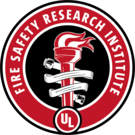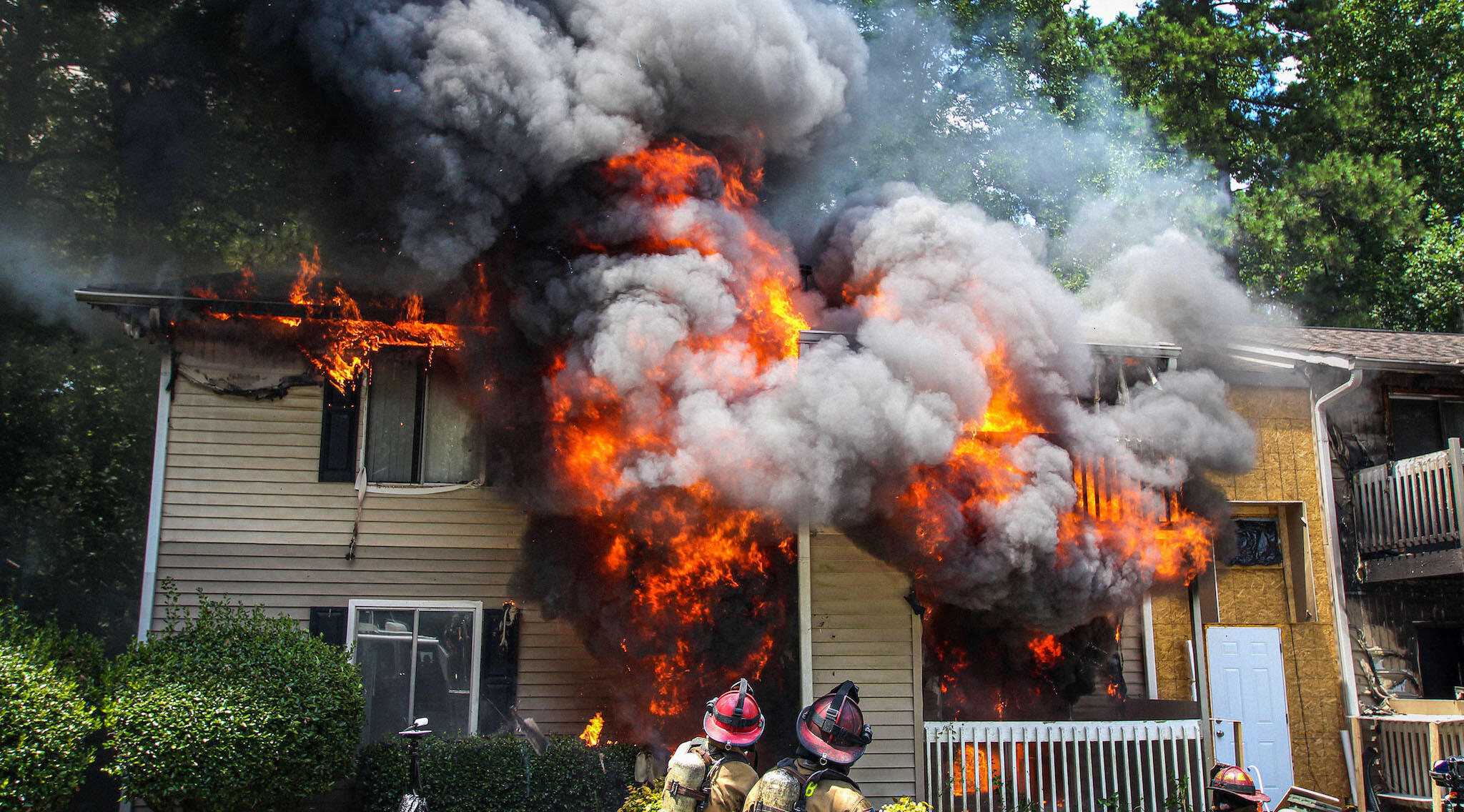by Bekah Schrader
Growing up with two parents as first responders, my life looked a little different than that of my peers. To me, it was normal to visit the fire station so that I could visit my dad while he was working a 24. I always loved putting on bunker gear, fire helmets, and sitting in fire trucks - not the typical five year old ‘girly’ hobbies. My family knew how to adapt and change plans in a split second should my dad have to leave and respond to a fire or car accident. Many holidays and birthdays were celebrated around the firefighter work schedule, but spontaneous calls meant that my dad wasn’t always at the party. Even so, I wouldn’t trade growing up in the fire service for anything. From a young age, I was always curious about my dad’s line of work and absolutely loved going to the fire station. I loved hearing how different types of fires were approached by the fire department and whether or not they were successful.
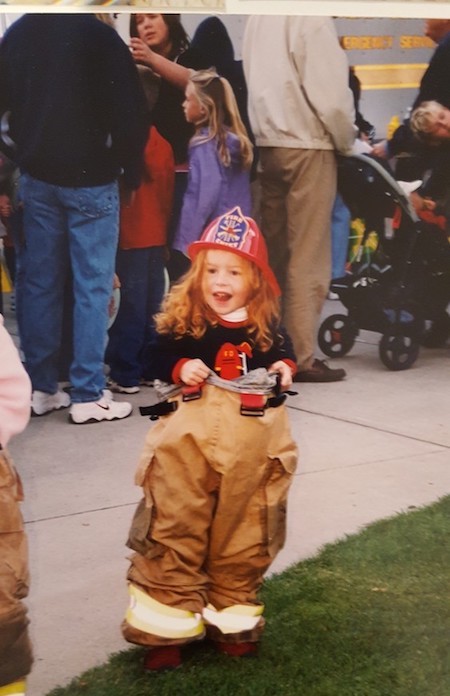
My time at UL FSRI has given me insight to so many different tools and I have learned many new skills. Because I didn't take technological or engineering classes in high school, I found myself having to start from scratch when it came to coding and technology throughout my freshman year. However, through this internship, I have discovered two new programs that I have enjoyed learning about. The first is Git, which is essentially a more complex version of Google Drive. Git is a version-control framework designed for collaborative development of projects such a report writing or software development. It took me a little bit of time to learn, but I have gotten the hang of it and have found it very useful. The second tool is LaTeX. This is a program where documents are written and created - similar to Microsoft Word or Google Docs. I love using LaTeX and found it extremely easy to learn. UL FSRI uses LaTeX because they use Git for file management. In addition, it makes writing reports, documents, and bibliographies very easy and is catered to making writing technical documents as seamless as possible. Along with these computer programs, I have learned about data collection, firefighting tactics, and more.
Throughout the summer, I have had the opportunity to work on and observe several different projects. In our first week, I visited the Delaware County Emergency Training Services Center to observe two different burns conducted in a trailer that highlighted the impact of sprinklers. Having the side-by-side comparison of the two rooms provided a visual of the value of suppression systems.
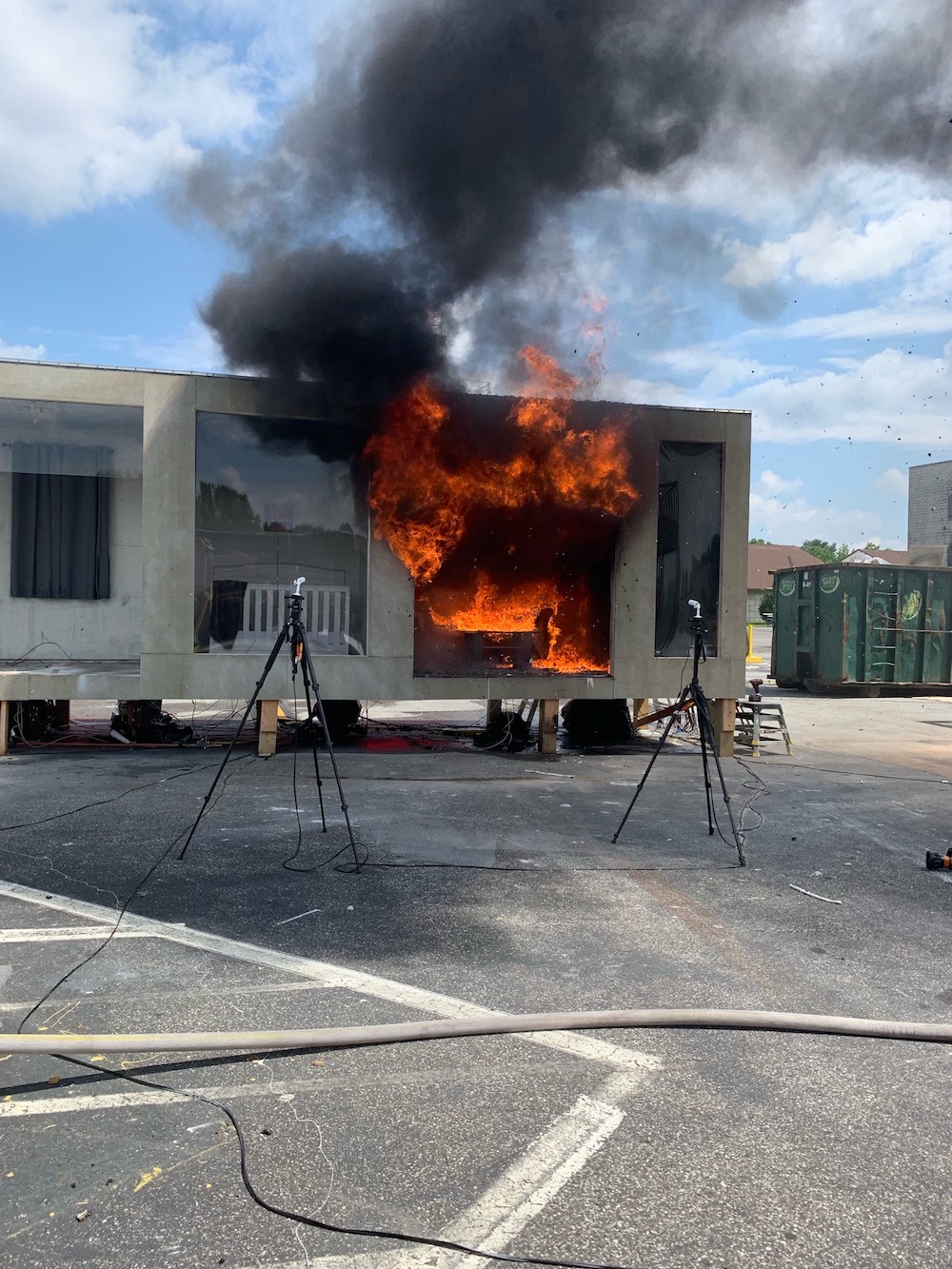
My first ‘official’ project this summer revolved around a lithium-ion battery substation explosion in Surprise, Arizona. This incident happened last spring and critically injured several firefighters. Working with Steve Kerber, my tasks included developing the outline, researching the responding fire department’s information, and learning about lithium-ion batteries and their specific hazards. As someone who loves to write, research, and is interested in investigation work, that project was a great start and something that I found very intriguing.
Upon completion of my section of that project, I moved into several areas of data collection. This ranged from researching articles examining firefighter tactics to watching videos on fireground suppression times and vertical ventilation. The time that it takes for a fire department to put water on the fire from arrival is critical in stopping fire spread, and that is what I researched. Watching videos also gave me insight as to how different fire departments operate. I have seen firsthand how UL FSRI works with the fire service and gaining more knowledge of the diversity and complexity of a fireground is helpful for the experiments that we conduct.
In July, I had traveled to two separate places to work on different projects. First, I went back to the Delaware County Emergency Training Services Center. A fellow intern, Grayson, needed help building his project. It was a valuable experience to be able to spend time in the lab. The week after returning from Delaware County, UL FSRI started the multi-family structure phase of their Coordinated Fire Attack Study in Cobb County, Georgia. Traveling to Georgia and seeing how UL FSRI conducts these studies was really fun and a great learning experience. I was able to witness a total of four tests, all of which started with ignition in the bedroom of the apartment. From there, different variables were changed and it was interesting to watch how fire behavior changed based on leaving a door open, breaking a window, etc. I enjoyed my time helping with that project and am excited to see the final results.
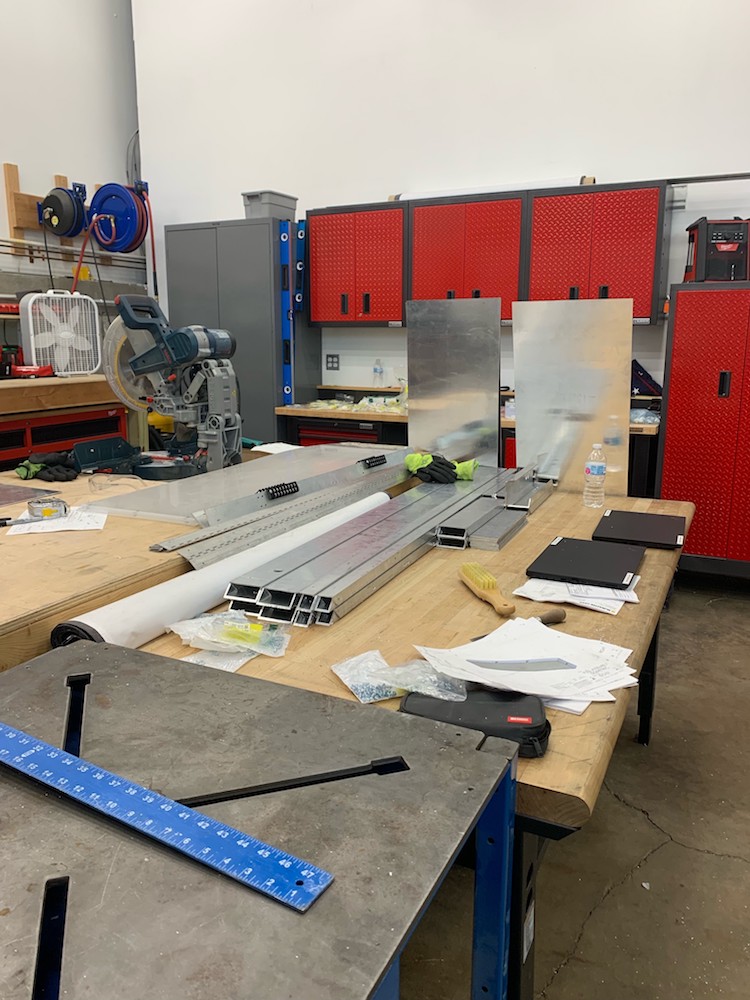
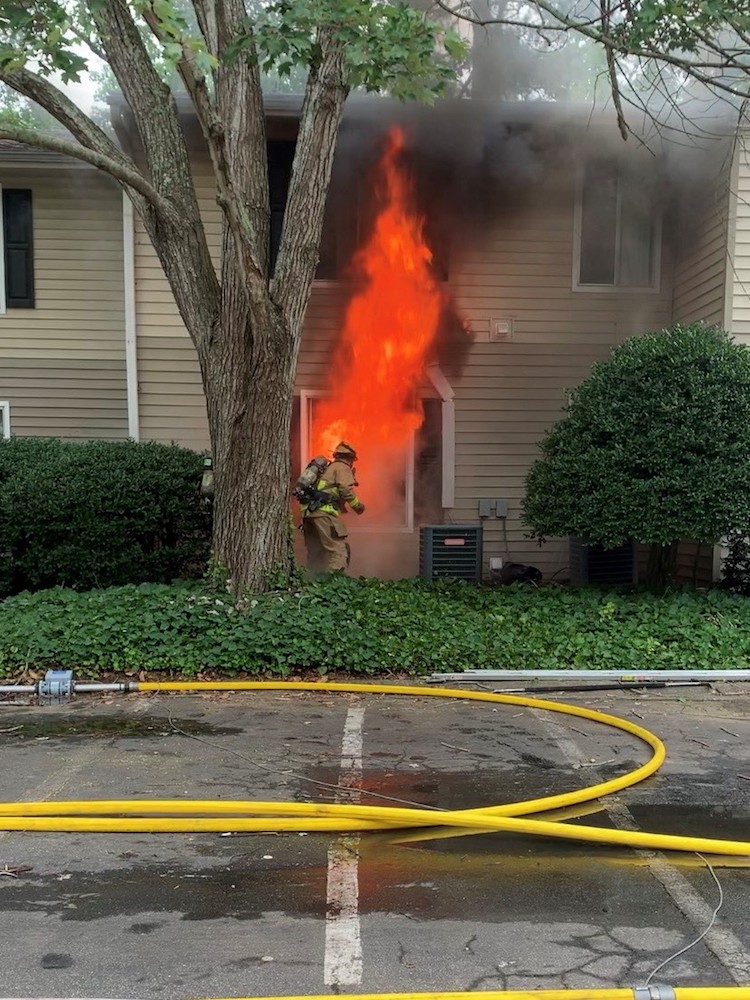
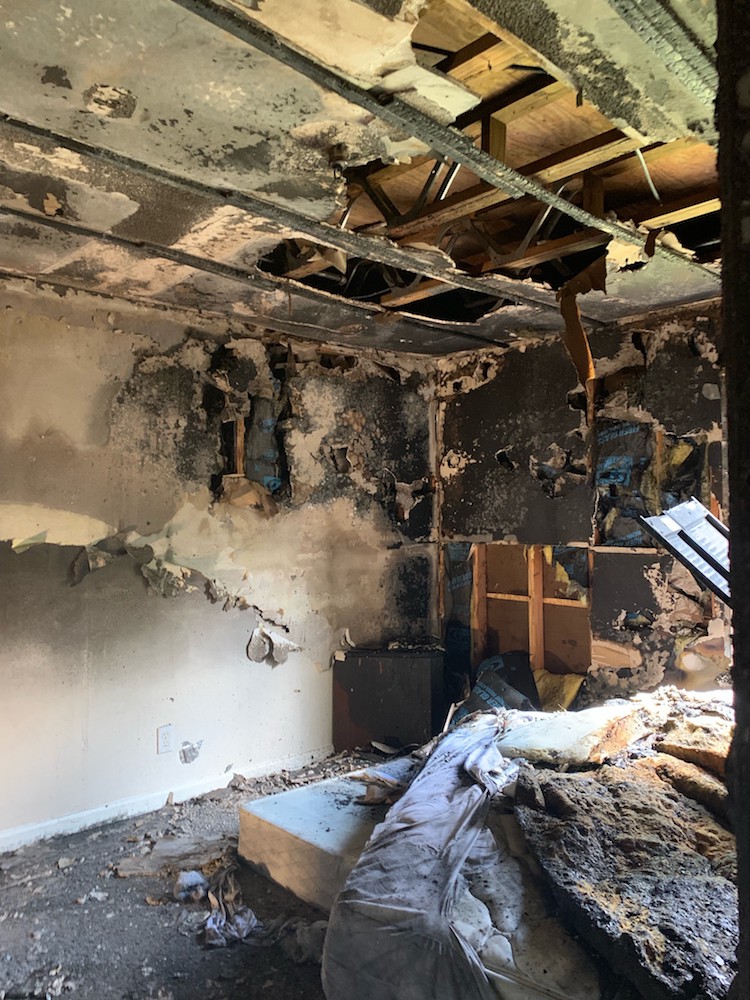
Going into this summer, I don’t think that I truly grasped how valuable this experience would be. I knew that it was an incredible opportunity and would help me with my future planning, but I am constantly amazed at how much I am learning and taking away from this internship. For my upcoming semesters, I will be looking back on my research notes and using several of the new software packages and data management skills that I learned this summer. This will be particularly valuable in my tougher classes. Additionally, I also have a large amount of notes regarding heat transfer that will be very useful for my upcoming courses. That being said, the knowledge and experience that I have gained doesn’t stop in the classroom. As I previously mentioned, the driving force behind me learning about and choosing fire protection engineering was my passion for firefighter safety. If anything, this internship has reaffirmed my passion and cemented what I want to do after graduation. I have also realized the importance of fire service knowledge in this field and hope to become a firefighter in the next few years, even if it is after college. I truly am thankful to have been a part of the UL FSRI team and am excited to see what the future will bring.
